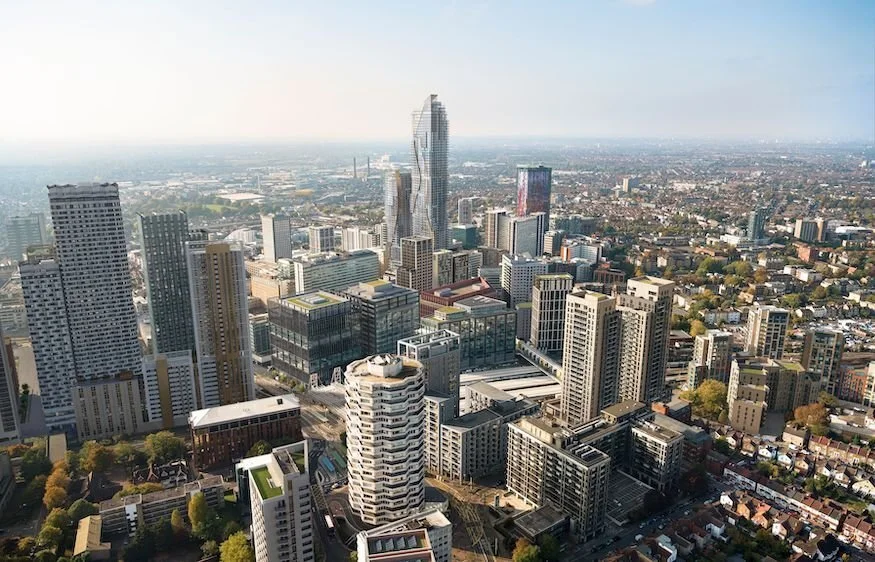Why you should invest in Croydon’s property market in 2025
At Terracotta, we have long championed Croydon as one of London’s hottest investment destinations and we believe 2025 is set to be a pivotal year for the borough’s real estate market. With ongoing regeneration, improved transport links, and strong rental demand, Croydon offers investors a compelling mix of affordability, capital growth potential, and rental yield opportunities. On behalf of lenders and investors, our Valuations team continually finds itself on the streets of Croydon, regularly identifying undervalued properties with strong investment and redevelopment propositions. This article explores the key characteristics which make Croydon one of London’s most investible areas.
1. Major Regeneration and Development
One of Croydon’s biggest draws for investors is its ambitious regeneration projects. The area has undergone significant transformation over the past decade, with continued investment in infrastructure, commercial spaces, and housing developments. Key projects include:
The long-awaited £1.4 billion Westfield shopping centre redevelopment, which is expected to bring new jobs, businesses, and economic growth to the area.
The refurbishment of Croydon’s town centre, creating modern public spaces, retail outlets, and leisure facilities.
The expansion of high-quality residential developments catering to the growing demand for housing.
Westfield development proposal
2. Excellent Transport Links
Croydon’s connectivity is another factor that makes it a desirable investment location. With fast and frequent train services to central London, Gatwick Airport, and the South Coast, the borough is ideal for commuters. Key transport advantages include:
Tramlink Network: Provides seamless travel within Croydon and to neighbouring areas.
London Overground and National Rail Services: Croydon is just 15 minutes from London Bridge and Victoria, making it an attractive location for professionals.
Future Transport Improvements: Potential future enhancements, including a possible extension of the Bakerloo Line, could further boost Croydon’s appeal.
3. Strong Rental Demand and High Yields
The Croydon rental market remains robust, driven by its affordability compared to central London and its growing reputation as a hub for young professionals and families. Investors can benefit from:
Relatively Low Property Prices: Compared to areas like Clapham or Brixton, Croydon offers more affordable entry points into the London property market.
High Rental Yields: With demand for rental properties consistently strong, buy-to-let investors can achieve attractive yields.
Growing Business and Tech Sector: With the emergence of tech startups and creative industries, Croydon is drawing in a young workforce, further boosting demand for rental properties.
4. Future Growth and Investment Potential
As Croydon continues to evolve, its property market offers long-term growth potential. Factors contributing to its future appreciation include:
Increase in Employment Opportunities: Large corporations and start-ups are setting up operations in Croydon, attracting a growing workforce.
Infrastructure Enhancements: Ongoing improvements to public spaces, transport, and commercial districts are making Croydon an increasingly desirable place to live and work.
Expanding Housing Market: With several high-rise residential projects in the pipeline, Croydon is catering to a range of buyers and tenants.
Conclusion
For investors seeking a balance of affordability, strong rental yields, and capital growth, Croydon stands out as a prime location in 2025. With extensive regeneration projects, excellent transport links, and a thriving rental market, the borough offers significant opportunities for both short-term and long-term investors. Whether you are looking to buy-to-let or secure a property for future appreciation, Croydon is a market worth considering.
Saffron Square, Croydon



